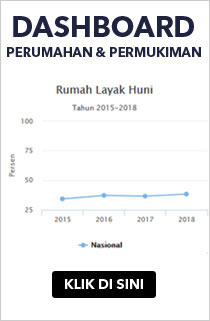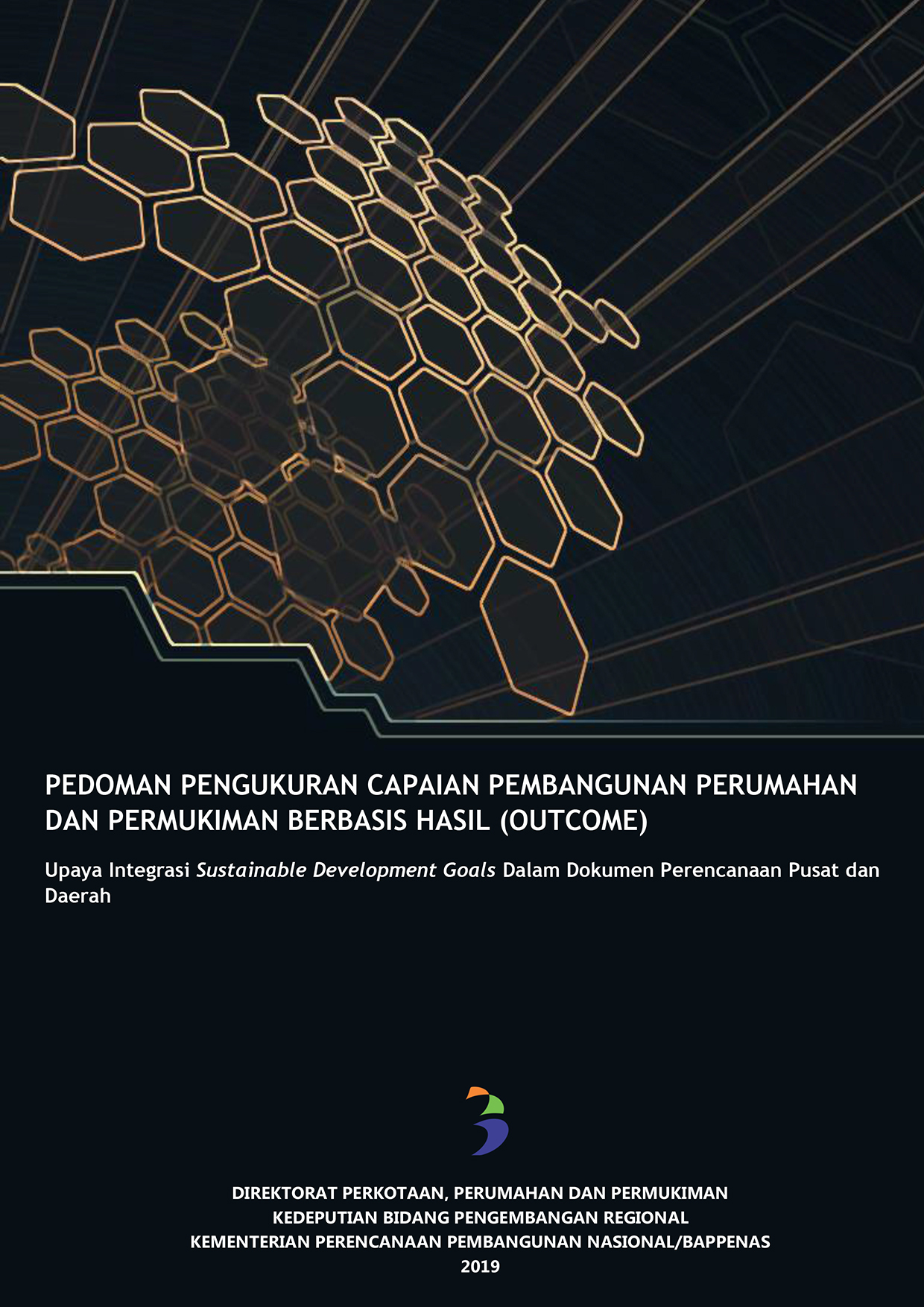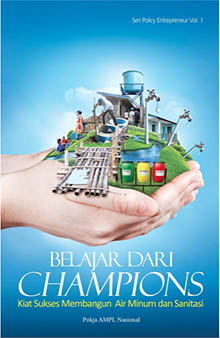LeafletHalaman : 8 Menampilkan 141 - 160 dari 447 data STBM (Sanitasi Total Berbasis Masyarakat)Hal utama dalam STBM adalah perubahan perilaku masyarakat, bukan sekedar berapa banyak jamban yang dibangun secara swadaya oleh masyarakat, tapi perubahan perilaku dari masyarakat yang ebnar-benar menyadari bahwa jamban / wc tidak kalah pentingnya dengan makanan dan minuman. WHO Technical Note for Emergencies 1: Cleaning and Disinfecting WellsPengarang : Sam Godfrey & Bob ReedSevere flooding, earthquakes, civil disturbances and other natural and man-made disasters often cause damage to hand-dug wells. Surface structures are broken and the well becomes contamined by silt, chemicals or debris. Contents: Steps for cleaning and disinfection Step 1: Inventory of existing wells Step 2: Rehabilitation and cleaning of wells Step 3: Disinfection of the well Step 4: Dewater the well WHO Technical Note for Emergencies 2: Cleaning and Disinfecting BoreholesPengarang : Sam Godfrey & Bob Reed Boreholes are resistant to many forms of natural and man made disasters. Although the components above ground may be damaged, the narrow opening at the top of the borehole often prevents contamination of the water supply or damage to the pump components below ground. The main exception to this is damage caused by earthquakes, which can be greater below ground than the damage seen on the surface. Contents: Driven and drilled boreholes Step 1: Assess the damage Step 2: Repair the handpump and borehole Step 3: Disinfection and re-commision of the borehole and handpump
WHO Technical Note for Emergencies 4: Rehabilitating small-scale piped water distribution systemsPengarang : Sam Kayaga & Bob ReedThe damage caused to pipe networks by natural disasters can be widespread and extensive. It can range from minor breaks to complete loss of whole sections of the system. A full systematic survey of the entire network is the only way of identifying the true extent of the damage. This may not be possible in an emergency where it is a priority to re-instate a basic level of supply. Contents: Steps of rehabilitation Step 1: Assess the extent of the damage Step 2: Keep consumers informed Step 3: Provide an alternative water supply Step 4: Isolate damaged sections of the network WHO Technical Note for Emergencies 5: Emergency treatment of drinking water at the point of usePengarang : Sam Kagaya & Bob ReedNormally, drinking water supplies need to be treated during and after an emergency to make them safe and acceptable to the user. Treatment at the point of use is generally quicker and less expensive to implement than a centralized system, but it can be more difficult to manage. Only water used for drinking and preparing food needs to be treated. Nevertheless, this still amounts to about 5 litres per person per day. Contents: Pre-treatment Chemical Disinfection Looking after clean water WHO Technical Note for Emergencies 10: Hygiene promotion in emergenciesPengarang : Frank Odhiambo & Bob ReedCommunities affected by a disaster often lack basic water and sanitation facilities. They are also likely to be traumatized and vulnerable to disease. The disturbance to familiar and safe practices or the relocation to new environments can result in hygiene behaviour becoming unsafe. All these factors can contribute to the high risk of disease and epidemics. Contents: Preventing the spread of disease Minimum standards How to wash hands thoroughly Principles of hygiene promotion Planning hygiene promotion Facilitators Promotion tools and communication methods Other practical actions WHO Technical Note for Emergencies 3: Cleaning and Disinfecting Water Storage Tanks and TankersPengarang : Sam Godfrey & Bob ReedDuring and shortly after an emergency, it is often necessary to quickly provide a basic water supply for the affected population. This may be because the normal systems of supply have been damaged or destroyed. The most common, immediate solution is to hire vehicles and tanks that have been used for other purposes or to retrieve collapsible tanks from an emergency store. In either case, they must be cleaned and disinfected before being used. Contents: Steps for rehabilition Step 1: Select the tanks to use Step 2: Cleaning Step 3: Disinfection Step 4: Safely dispose of waste liquids WHO Technical Note for Emergencies 6: Rehabilitating water treatment works after an emergencyPengarang : Brian Reed & Bob ReedIn urban areas, the population may be entirely reliant on the public water supply system for their drinking water. Modern water treatment works rely on the inputs of skilled operators as well as supplies of chemicals, electricity and machinery. A disaster can cause extensive damage to the works leading to a reduced or even a total loss of output. Contents: Steps of rehabilitation Assess the situation Deciding what to do first Pumps and power Works operation Public information
WHO Technical Note for Emergencies 8: Disposal of dead bodies in emergency conditionsPengarang : Julie Fisher & Bob ReedDealing with the dead is one of the most difficult aspects of a disaster response. This is not usually due to health-related risks, which are likely to be negligible, but to the social and political impact of the trauma. Contents: Health risks from mass fatalities Priority tasks Dealing with medical emergencies Missing persons WHO Technical Note for Emergencies 9: How much water is needed in emergenciesPengarang : Brian Reed & Bob ReedWater is essential for life, health and human dignity. In extreme situations, there may not be sufficient water available to meet basic needs and in these cases, supplying a level of safe drinking water for survival is of critical importance. Insufficient water and the consumption of contaminated water are usually the first and main causes of ill health to affect displaced populations during and after a disaster. Contents: Factors affecting water requirements The Sphere Standards How much water does an individual use Priorities for water Water sources and quality Sanitation and water requirement Accessibility Water for non-domestic use Step-by-step improvements Calculating water demand Ensuring supply has an impact WHO Technical Note for Emergencies 7: Solid waste management in emergenciesPengarang : Jonathan Rouse & Bob ReedThe safe disposal of solid waste is critical for public health during an emergency. Not only will existing collection and disposal systems be disrupted, but there will be extra waste caused by the emergency itself. Initially, for new sites such as refugee camps, there will be no arrangements in place at all. If solid waste is not dealt with quickly, serious health risks will develop which will further demoralize the community already traumatized by the emergency. Contents: What is solid waste The objective of managing solid waste Assessment Disposal of waste caused by a disaster Domestic waste Other important factors WHO Technical Note for Emergencies 13: Planning for excreta disposal in emergenciesPengarang : Bob ReedThe pressure to help people immediately after a disaster often leads to actions starting before they have been properly planned. Wide experience has shown taht this wastes resources and results in poor service delivery and few long term benefits for the affected community. This is teh case for emergency disposal of excreta as it is for any other emergency intervention. Contents: Stages in an emergency Stages in planning Rapid assessment Community participation Should you get involved SPHERE Guidelines Outline Design Immediate action Detailed design Implementation WHO Technical Note for Emergencies 14: Technical Options for excreta disposal in emergenciesPengarang : Bob ReedSanitation is the efficient disposal of excreta, urine, refuse, and sullage. Initially, indiscriminate defecation is usually the main health hazard in refugee camps. Contents: Immediate measures Managing open defecation Shallow family latrines Shallow trench latrines Deep trench latrines Making use of existing facilities Mobile latrine blocks Borehole latrines Packet and plastic bags Chemical toilets Overhung latrines Raised latrines Long-term solutions WHO Technical Note for Emergencies 15: Cleaning wells after seawater floodingPengarang : Karen Vilholth, IWMI (International Water Management Institute)Many people living in coastal regions rely on shallow groundwater for their water supply. Seawater flooding after a severe storm or tsunami can damage wells and contaminate the groundwater. Contents: Rehabilitation and cleaning of wells Step 1: Removing debris and excess salinity Step 2: Natural cleaning Step 3: Disinfect the well Precautions WHO Technical Note for Emergencies 11: Measuring chlorine levels in water suppliesPengarang : Bob ReedAs the quality of water can be seriously affected by a disaster or an emergency, it is best practice to disinfect all emergency water supplies. The most common way of doing this is with chlorine. Contents: Why should emergency water supplies be disinfected What is disinfection How does chlorine work Chlorine residual Testing for chlorine residual When and where to test water WHO Technical Note for Emergencies 12: Delivering safe water by tankerPengarang : Bob ReedWater tankering (also known as water trucking) can be a rapid means of transporting water to areas in need during the initial phase of an emergency. However, tankering operations are expensive and time-consuming to administer. Contents: Types of tanker Logistics Tanker management Operation Other considerations SanMap I Sanitation Mapping: Sanmap sebuah pendekatan rencana strategi infrastruktur sanitasi berkelanjutanPengarang : BORDAPemetaan Sanitasi (SanMap) merupakan sebuah pendekatan pengumpulan data yang berhubungan dengan isu sanitasi sebagai informasi yang terintegrasi untuk masing-masing departemen yang berfungsi sebagai pelayanan publik di tingkat kotamadya atau kabupaten sebagai alat untuk perencanaan strategis untuk tujnuan jangka menengah maupun jangka panjang. Daur Ulang dan Kompos: Pusat Daur Ulang dan Kompos Cakung CilincingSalah satu dari banyak cara untuk solusi pengelolaan sampah yang ramah lingkungan adalah Daur Ulang. Selain dapat mengurangi permasalahan penggunaan Tempat Pembuangan Akhir (TPA) secara signifikan, daur ulang juga dapat membuat sampah menjadi potensi sumber daya yang dapat dimanfaatkan sehingga mempunyai nilai tambah, nilai ekonomi, dan nilai ekologi. UPTD KompostingKeberadaan UPTD Komposting Dinas Kebersihan dan Lingkungan Hidup Kota Probolinggo merupakan wujud komitmen Pemerintah Kota Probolinggo untuk mewujudkan pembangunan lingkungan yang berkelanjutan. Jasa Tirta: One River, One Plan, One Integrated Management (Jasa Tirta I Public Corporation)Leaflet ini berisi mengenai company profile dari Jasa Tirta I, meliputi: working area of Jasa Tirta Public Corporation, Jasa Tirta I Public Corporation, The River Basin Management Agency, River Basin, Development of Water Resources, Management of Water Resources, Scope of Business & alamat kantor pusat & cabang Jasa Tirta I.
| Terpopuler di LeafletKMS (Kartu Menuju Sehat Tingkat Taman Kanak-Kanak dan Rhaudatul Athfal): Gizi Baik Sekarang, Jaminan Masa Depan (Anak Laki-laki)Kategori : Publikasi - LeafletPerilaku Hidup Bersih dan Sehat Pangkal Rumah Tangga SehatKategori : Publikasi - LeafletKMS (Kartu Menuju Sehat Anak Sekolah Dasar dan Madrasah Ibtidaiyah): Sehat Fisik Mental dan Sosial Jaminan Masa Depan (Putri)Kategori : Publikasi - Leaflet7 Syarat Membuat Jamban SehatKategori : Publikasi - LeafletKMS (Kartu Menuju Sehat untuk Siswa Sekolah SMP/MTs, SMA/MA dan SMK: Gizi Baik Jaminan Masa Depan (Remaja Laki-laki)Kategori : Publikasi - Leaflet   |